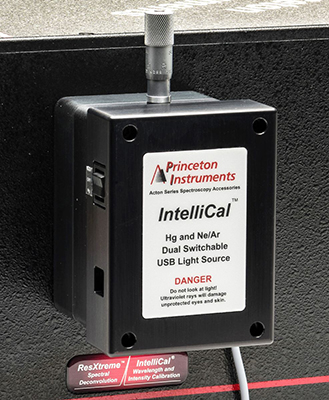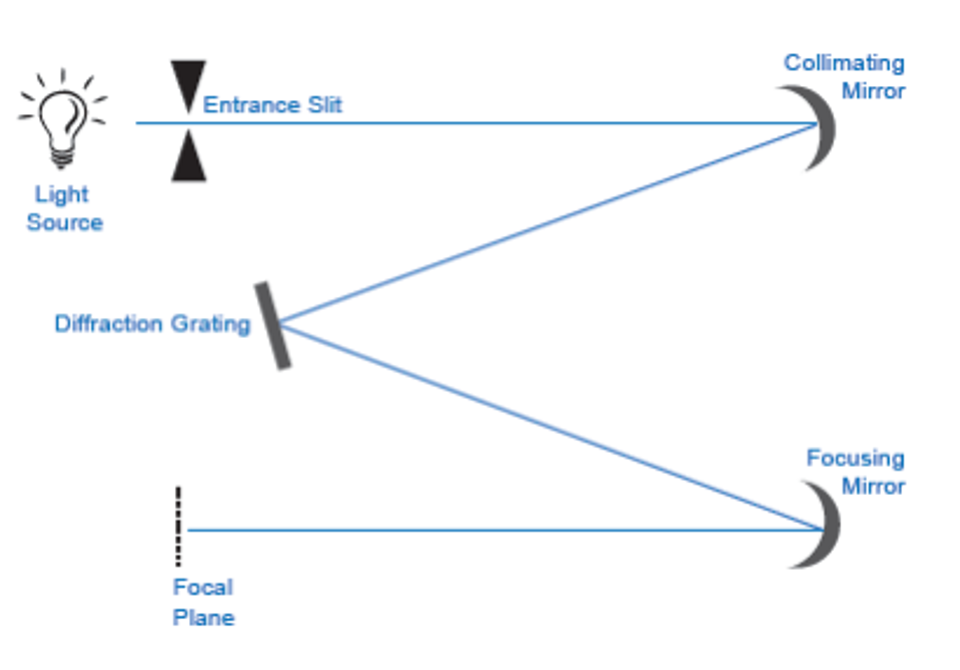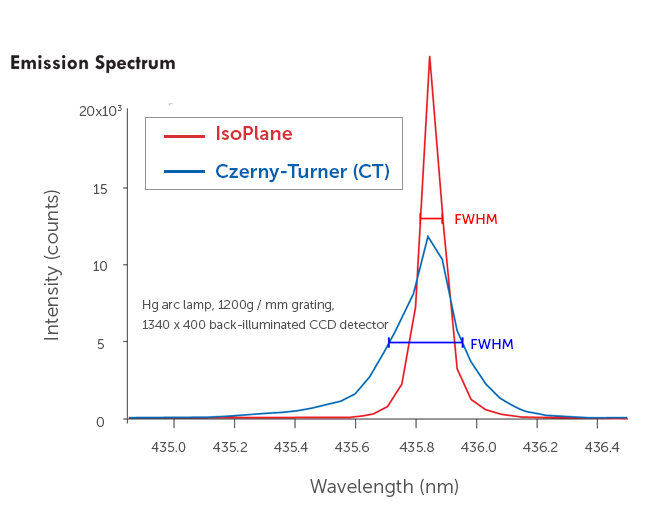Instrument Automation via National Instruments LabVIEW®
While many labs use LabVIEW for instrument automation, quite often researchers find it daunting to create their own vi’s if a sub-vi for a desired function is not provided by the instrument manufacturer. Teledyne Princeton Instruments provides robust documentation and building blocks to help most users perform their desired automation without…Read Full Article

IntelliCal-Automated wavelength and intensity calibration routines significantly improve accuracy of recorded spectra

Calibration of dispersive spectral instruments has long been problematic for researchers. When a spectrum is plotted along a pair of axes, the x-axis usually represents wavelength or wavenumbers, while the y-axis represents intensity. Optical spectroscopic equipment manufacturers have all but left the task of determining…Read Full Article
Fully automated wavelength calibration method optimizes data accuracy
The recent launch of Princeton Instruments’ powerful LightField® 64-bit data acquisition software also heralded the arrival of a brand new, fully automated wavelength calibration method developed to achieve unprecedented accuracy for spectroscopy applications (see Figures 1–4). Currently offered as a LightField package option, patent-pending IntelliCal® technology from Princeton Instruments enables…Read Full Article

Better Imaging with a Schmidt-Czerny-Turner Spectrograph

For years, images have been measured using Czerny-Turner (CT) design dispersive spectrographs. Optical aberrations inherent in the CT design give images that are blurred and have poor spatial resolution. The aberrations grow larger towards the edges of the focal plane, causing some researchers to abandon these regions of their sensors. A new dispersive spectrograph using…Read Full Article
Improved Spectra with a Schmidt-Czerny-Turner Spectrograph
For years spectra have been measured using traditional Czerny-Turner (CT) design dispersive spectrographs. Optical aberrations inherent in the CT design can give spectra with poor spectral resolution, low signal-to-noise ratios (SNR) and distorted peak shapes. These aberrations grow worse towards…Read Full Article

